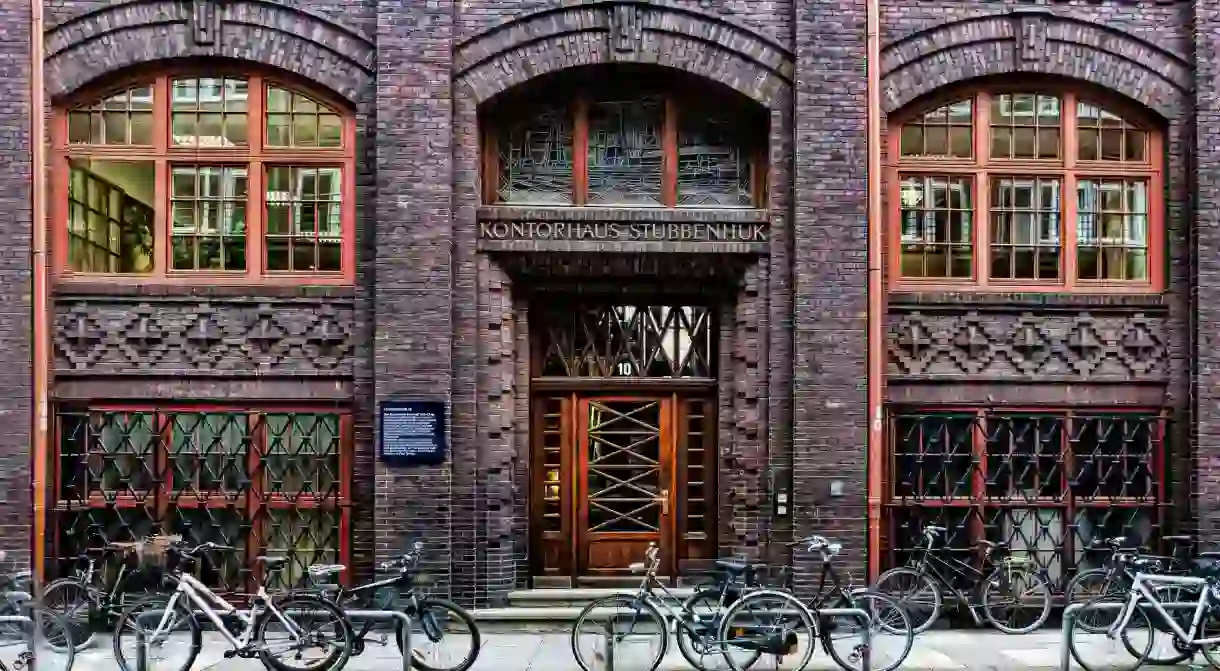A Brief History of Hamburg

Hamburg is proud of its long history as an independent and cosmopolitan harbour city, Germany’s ‘gateway to the world‘. Here is all you need to know about the adventurous (and calamitous) past of this bustling North German metropolis.
Medieval beginnings
The first settlement on the grounds of modern-day Hamburg was the Hammaburg fortress, built in 825 between the Elbe and Alster rivers. It was from here that Saint Ansgar lead missions to evangelise Scandinavia. The Vikings didn’t appreciate his efforts and burned down the moated fortress in 845. It was rebuilt only to be burned down time and again in the following three centuries. Eventually, by the 12th-century trade took over missionary work and Hamburg established itself as a city of merchants.

Hanseatic greatness
In 1189, Emperor Frederick I Barbarossa granted Hamburg special trading rights, toll exemptions and navigation privileges. It became a Free Imperial City, a status that was the cornerstone of Hamburg’s growth and wealth in the centuries to come.
In the 13th and 14th centuries, Hamburg was one of the key members of the Hanseatic League, a commercial and defensive alliance of market towns that dominated the Baltic and North Sea trade for three centuries. The league lost importance, with the discovery of the New World, and was dissolved in the 17th century. Yet Hamburg succeeded in dominating the new trade routes, continued to prosper and soon surpassed its former Hanseatic sister cities.

Growth and destruction
Over the next centuries, Hamburg continued to flourish. The city’s stock exchange was founded in 1558, the Bank of Hamburg in 1619. It was the first German city to introduce marine insurance and the first who established a convoy system to protect merchant ships on the high seas. In the 19th century, Hamburg became part of the German Empire but retained its free city status.
But the city experienced numerous setbacks as well. In 1810, it was briefly annexed to the French Empire by Napoleon’s troops. In 1842 the Great Fire of Hamburg destroyed a third of the city and left around 20,000 people homeless. From the rubble a new modern city centre was built, followed by the grand Speicherstadt warehouse district. Prosperity lost to war and wreckage was quickly regained and trade routes now extended to the Americas, Africa, and Asia. At the turn of the twentieth century, Hamburg’s population had grown to one million.
Also, the two world wars have left their traces in Hamburg’s history. The First World War saw the collapse of international trade, and most of Hamburg’s commercial fleet was given over to the Allies as war reparation. During the Second World War, air raids destroyed 55% of housing, 80% of the port, and 40% of the city’s industry. Over 55,000 people were killed, among them the city’s Jewish community, once the largest in Germany.

Hamburg today
In the postwar decades, Hamburg contributed to Germany’s economic miracle. The bustling harbour and the trade that it brings remain the backbone of the city’s wealth but Hamburg has also emerged as Germany’s hub of mass media, publishing and advertising. It’s an international, vibrant city whose past is still alive in its full name: the Free and Hanseatic City of Hamburg.














